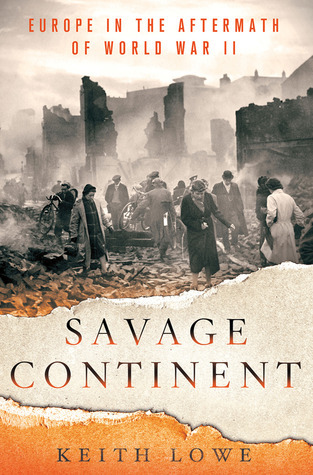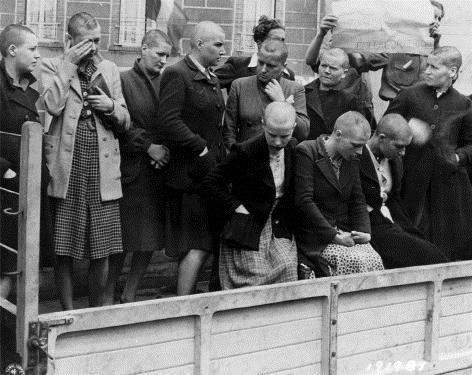What do you think?
Rate this book


480 pages, Hardcover
First published July 3, 2012




Many survivors who had gone back to Poland after the war now returned to Germany on the grounds that it was safer in the country that had originally persecuted them than it was at home. The stories they told dissuaded others from making the same journey. "The Poles are killing all the Jews returning from the camps."
The eleven-year-old Celina Lieberman tried to keep her Jewish identity alive despite being hastily fostered out to a Christian couple in Ukraine in 1942. She used to apologize to God each night for accompanying her new parents to church, because she solemnly believed herself to be the last Jew alive.